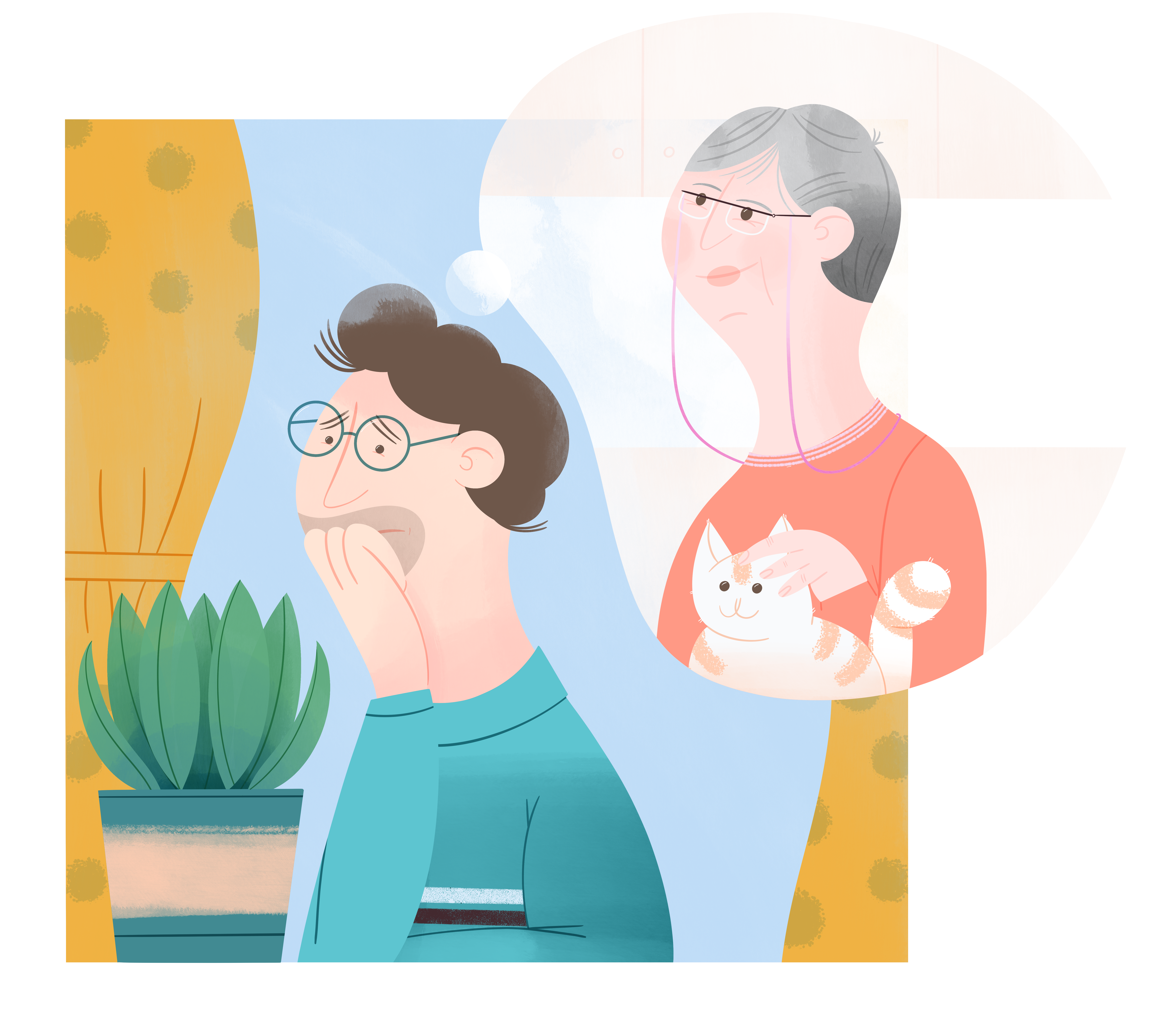Has someone you are caring for had a stroke?
Learn how to spot the signs and symptoms. Discover practical tips for managing the care process, finding associations and managing the ability to drive.

A stroke is a serious health condition that occurs suddenly and results in a loss of brain function. It is caused by a decrease or interruption of blood flow to the brain (ischemic stroke) or a rupture of a blood vessel (hemorrhagic stroke). The reduction in blood flow results in the death of brain cells in the affected area.
Strokes, silent strokes and transient ischemic attacks (mini-strokes) are risk factors for cerebrovascular disease
Identifying a stroke
Signs and symptoms
Weakness on one side of the body, numbness or tingling in the face, arms or legs, difficulty speaking or understanding what others are saying, vision problems, dizziness, loss of balance
Effects on health
Physical changes: another stroke, trouble communicating, balance issues
Emotional, energy, cognitive and perceptual changes or fluctuations: fatigue, paralysis, depression, visual disturbances, loss of sensation, thought disorders, reduced mobility, difficulty swallowing, bowel, bladder and communication impairments.
When the patient arrives at the hospital, the medical team will first try to identify the type of stroke and stabilize the condition, whether by unblocking a blocked artery or a hemorrhage.
Treatment during the first few days of hospitalization and afterwards depends on the type of stroke and the areas of the brain affected. Depending on the situation, the person may recover at home, with the help of a caregiver and primary care services, or be admitted to a stroke rehabilitation centre.
The goal of rehabilitation is to restore the person’s pre-stroke abilities through a personalized program of exercises or daily tasks. The rehabilitation process begins as soon as the person’s condition is stabilized, and the nature and duration of the rehabilitation depend on the severity of the consequences of the stroke. For home care, support services should be considered, in conjunction with community organizations, intermediate resources, and long-term care facilities, depending on the needs identified.
When it comes to driving, it is the physician who determines whether the person can continue to drive safely, with or without conditions.
What characterizes caregivers of people who have had a stroke?
Stroke recovery is a heavy burden for everyone involved. Care partners and caregivers are particularly vulnerable. Multitasking and providing daily support to someone who is ill is demanding and exhausting, even for the most motivated people. Learn more about the Living with Stroke program,and resources for patients and caregivers.
I’ve heard that stroke affects women in a special way. In what way?
Women are disproportionately affected by stroke, both as individuals and as caregivers. Many women do not have adequate access to treatment, care and rehabilitation. If a woman is already a caregiver and experiences a stroke, this has a significant impact on her role and willingness to participate in a rehabilitation program. This puts women at additional risk, while their after-effects are greater than those of men. Heart&Stroke includes a section on this topic on its website and a tool to help you learn the signs and risks of heart disease and stroke
Coeur+AVC. Les aidants naturels ont aussi besoin d’aide.
Gouvernement du Québec. Accident vasculaire cérébral (AVC).
L'Appui pour les proches aidants. Accompagner un proche atteint d'une maladie du coeur.
Need to talk?
Contact our Caregiver Support Helpline for counselling, information and referrals.
Every day from 8 a.m. to 8 p.m.
Free of charge.